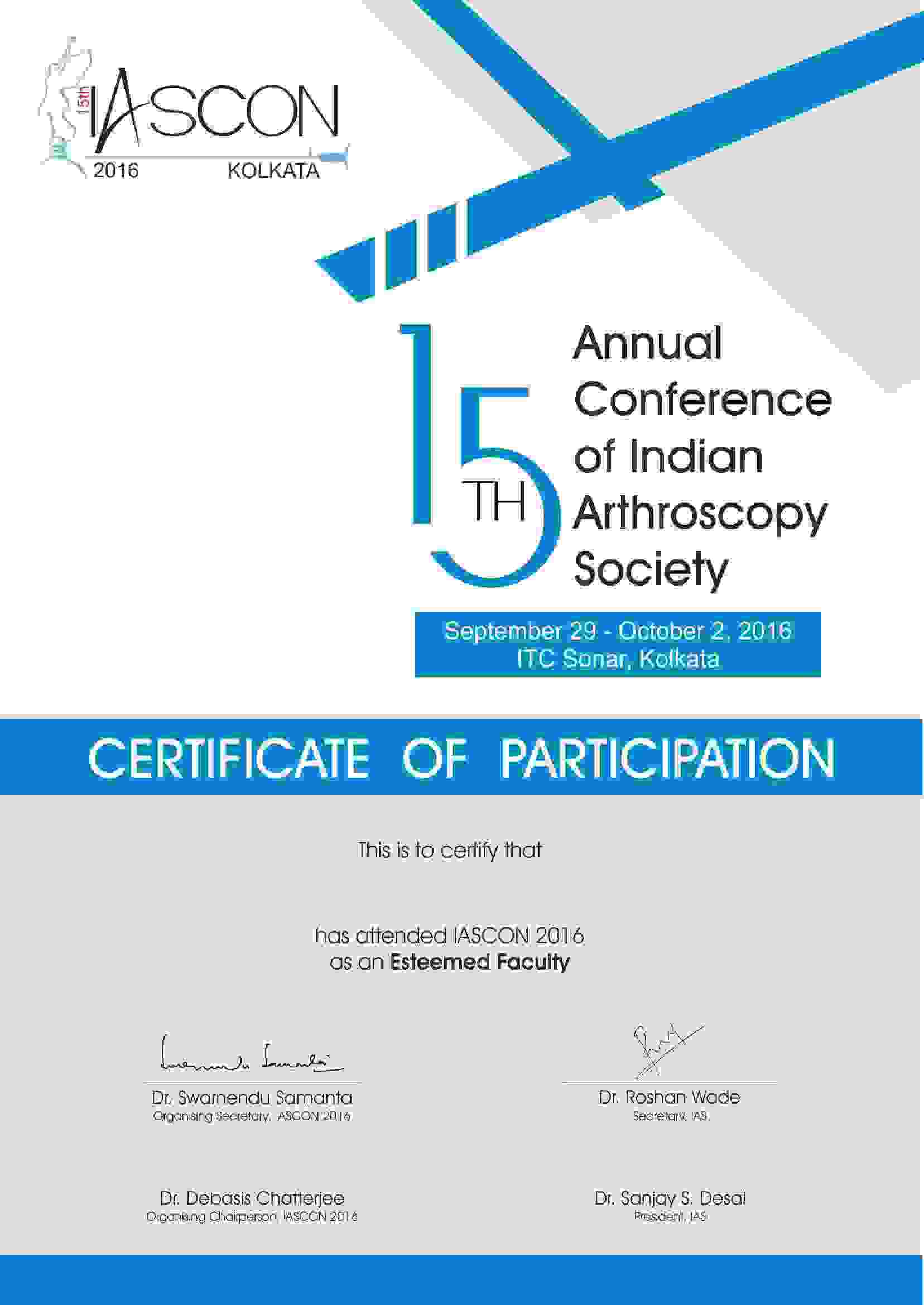Microfracture is a surgical technique that is used for the treatment of chondral defects or the damaged regions in the articular cartilage of the knee. It is a highly common procedure that is used to treat patients who suffer from full thickness damage to the articular cartilage. This arthroscopic procedure utilizes the body’s own healing abilities and provides a conducive environment that nourishes tissue regeneration on the chondral surface.
Articular Cartilage and its functions
Articular cartilage covers the ends of bones and has a very smooth, slippery surface, which enables the bones of the knee joint to slide over each other without friction. It minimizes the pressure and friction created during movement.
When the surface of the Articular cartilage is badly injured or if there are any holes or rough spots in it, it can have a disastrous impact on the intricate design of the joint. When this happens, the joint can become inflamed and painful. The bone below the cartilage loses its protection, and excessive pressure and strain on this unprotected region of the bone could also become a source of pain. Finally, if the cartilage injury is not properly treated, it could lead to other problems in the joint.
Symptoms of Articular Cartilage injury
- Intermittent swelling and inflammation
- Pain
- The knee might occasionally give way when excessive weight is placed upon it.
- Locking or catching of the knee
- The knee may make noise or ‘crepitus’ during movement, especially if the cartilage on the back of the kneecap is damaged.
What are the general indications for microfracture surgery?
- The patient has full-thickness defect or loss of articular cartilage down to the bone.
- The patient has unstable cartilage that covers the underlying bone.
- Degenerative changes in the knee.
Important factors to consider for use of the microfracture procedure are:
- The age of the patient
- The activity level of the patient
- Whether the patient has acceptable alignment of the knee. “Knock-kneed” or “bowlegged” patients are not good candidates for this procedure.
Microfracture : The surgical procedure
In the microfracture procedure, which is done arthroscopically, the surgeon makes a visual assessment of the defect and performs the procedure with the help of special instruments that are inserted through three small incisions on the knee. After making a comprehensive assessment of the cartilage damage, any unstable cartilage is removed from the exposed bone. The surrounding rim of the remaining articular cartilage is also examined for loose or marginally attached cartilage. If there is loose cartilage, it is removed to ensure that there is a stable edge of cartilage surrounding the defect.
Microfractures or multiple holes, about 3 to 4 mm apart, are then made in the exposed bone. Bone marrow cells and blood from the holes combine to form a marrow-rich clot that entirely covers the damaged area. This marrow-rich clot constitutes the basis for the formation of new tissues. As a result of the surgical procedure, a rough bone surface is produced that the clot adheres to more easily. This clot ultimately matures into strong and durable repair tissue. As the maturing is a slow process, it generally takes two to six months after the procedure for the patient to experience improvement in the function of the knee.
Recovery
The rehabilitation program after microfracture plays a critical role in the success of the surgical technique. The rehabilitation program for each patient varies according to the following factors:
- The region where the defect is located
- The size of the defect
- Whether any other surgical procedure, such as an anterior cruciate ligament reconstruction, was performed at the same time as microfracture
Weight-Bearing
The amount of weight or pressure placed on the area of microfracture surgery must be limited. This allows the cells to develop in the area that underwent the surgery. Weight bearing is generally limited for 6 to 8 weeks, then slowly progresses over time. Often, it takes up to 4 to 6 months before a person can return to sport activities.
Range-of-Motion
Range-of-motion is usually introduced early on after surgery. However, if the microfracture treatment has been performed on the kneecap or within its groove, then motion would be limited for several weeks. In some cases, surgeons will use a CPM, or a motion machine, early on after microfracture surgery to help patients move their knee as it would help to stimulate healthy cartilage growth.










